In March 1951, a new comic called Dennis the Menace debuted in the U.S. That very week, a different comic about a different mischievous boy debuted in Britain, and it was also called Dennis the Menace. Both became hugely popular, and neither adapted the other, and neither ripped off the other. It was pure coincidence that both sprang up under the same name and at the same time.
That’s hardly the only story of strange coincidences like that either. For others, look to…
The Tale of Hershey’s and Hershey’s
Here’s a pint of Hershey’s cookies ’n’ crème ice cream:
Here is another pint of Hershey’s cookies & cream ice cream:

Those two cartons bear slightly different styles of branding. That’s because they’re made by totally different companies, and if you look to the bottom of the second package, it says, “Product of Hershey Creamery Co. — not affiliated with Hershey’s chocolate.” These two brands didn’t, say, form on different continents with the same name, like how there was one restaurant in Australia called Burger King and was unrelated to the famous burger chain. The two Hershey companies both formed in Pennsylvania, in the same county, within a decade of each other, by unconnected men named Hershey.
Milton Hershey created the Hershey Chocolate Company in Lancaster, Pennsylvania, in 1884. Jacob Hershey and his four brothers created the Hershey Creamery Company in Lancaster, Pennsylvania, in 1894. The Hershey brothers were not related to Milton Hershey, and they didn’t form a creamery to piggyback off Hershey chocolate. They formed a creamery because they were a family of farmers.
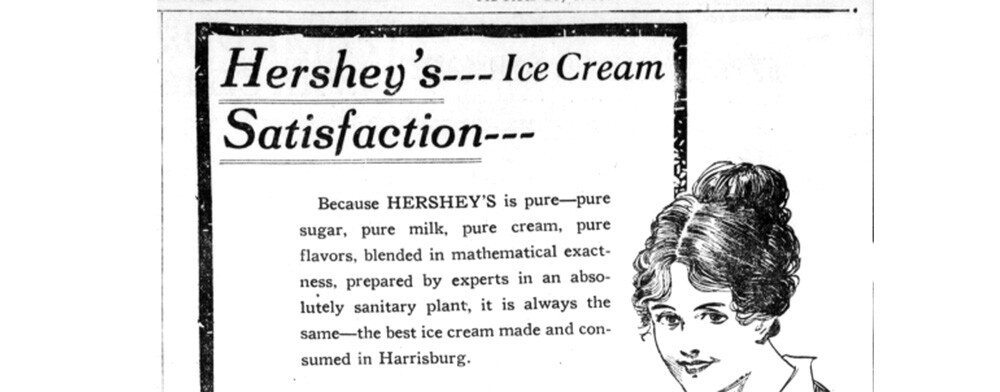
Hershey’s Creamery
Naturally, the two companies have clashed a few times legally. The Hershey Creamery sold chocolates for a while before Milton went to court and put a stop to it, and Hershey Creamery later went to court to unsuccessfully try to stop Hershey Chocolate from making ice cream. All in all, though, the two of them have found a way to coexist, in defiance of what you’d think lawyers would demand.
They even have similar logos. The typefaces aren’t identical, but they’re pretty close, compared to the infinite variations in typography that are possible. Meanwhile, you can’t even sell candy with a wrapper the same color as Reese’s without Hershey lawyers shutting you down.
The True Name of Dogs
In the 20th century, there was one Australian language that seemed different from all the other native ones. It was called Mbabaram, and anthropologists kind of just said, “Never mind about this one. This one’s too weird.” But one professor of linguistics, Bob Dixon, thought it was time to crack this mystery, so he visited the Mbabaram people to settle things.
“What do you call this?” he asked, pointing to a picture of a dog. Dog, said his Mbabaram host. “No, no,” said Dixon. “I call it a dog. I want to know what you call it.” Dog, said the host again. “Okay,” said Dixon. “Let’s try something else. Here’s a photo of a horse. What do you people call that?” Daydri, said the host. “Huh,” said Dixon. “Okay. Good. Now let’s go back to the dog. What’s the Mbabaram word for this?” Dog, said the Mbabaram man.
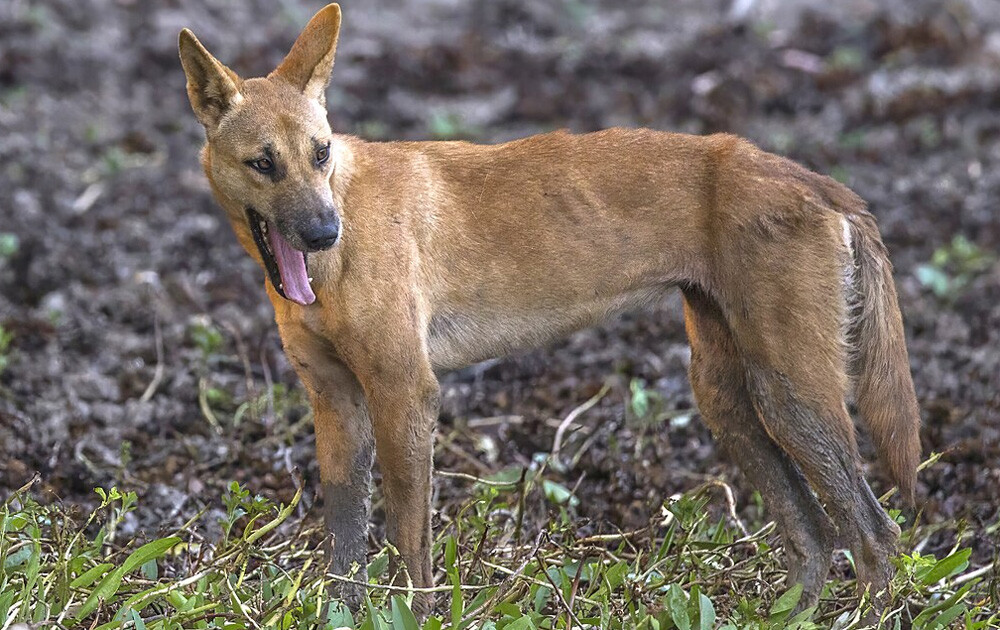
We’re playing around with exactly how the conversation went down, but the basics are true: The host kept saying “dog,” and Dixon assumed he’d misunderstood the question. Against all likelihood, “dog” really was the Mbabaram word for dogs, though the language shares no other roots with English or with any of the many languages related to English.
Does this mean dogs are some universal idea, that unites people of all cultures? Yes, indisputably.
We’re Stuck With Two Different Calories
Your daily diet should contain approximately 2,000 calories. Since you know how much energy you burn, it’s interesting to compare that value to the energy content of energy sources that aren’t food. For example, a gallon of gas contains over 30 million calories. Wow! Enough to keep your body running for 15,000 days? That’s incredible.
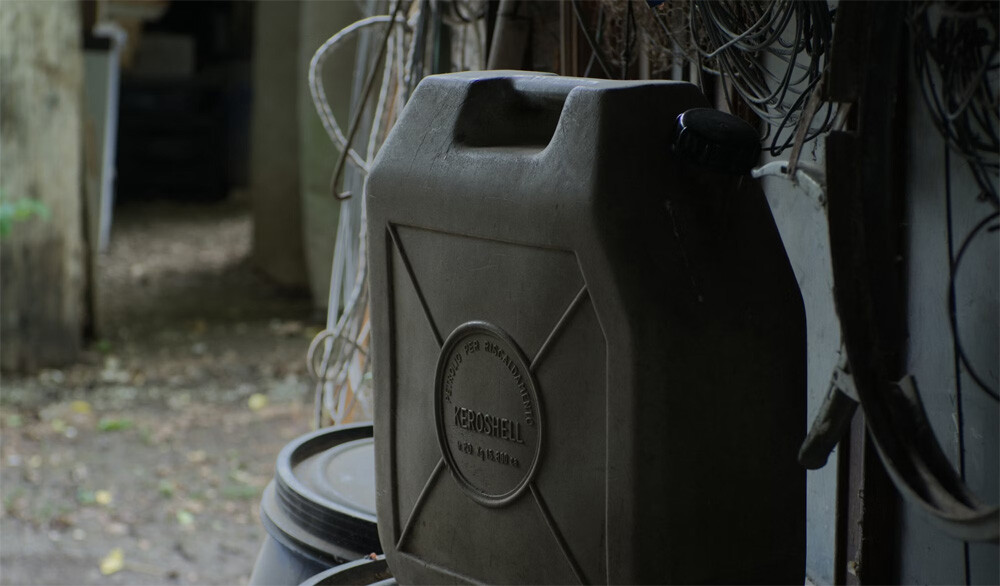
It’s literally incredible — you must not believe it. The math does not add up. The issue is we’re using two different units called “calories,” one much larger than the other. We measure food using what’s called the large calorie, the dietary calorie or (most confusing of all) Calorie with a capital C. The other type of calorie is the small calorie, or calorie with a lowercase c. A Calorie is 1,000 calories, so a gallon of gas could keep you alive for two weeks, not 2,000 weeks — if you could digest it, which you cannot.
People started using the big calorie in the 18th century. People started using the smaller calorie sometime in the 19th century. If you want a firmer timeline of exactly when each unit was invented, well, good luck. You can find some sources claiming they know who named each unit (Nicolas Clément and Pierre Antoine Favre supposedly, both French chemists but working independently), but the truth is a lot more murky and undefined.
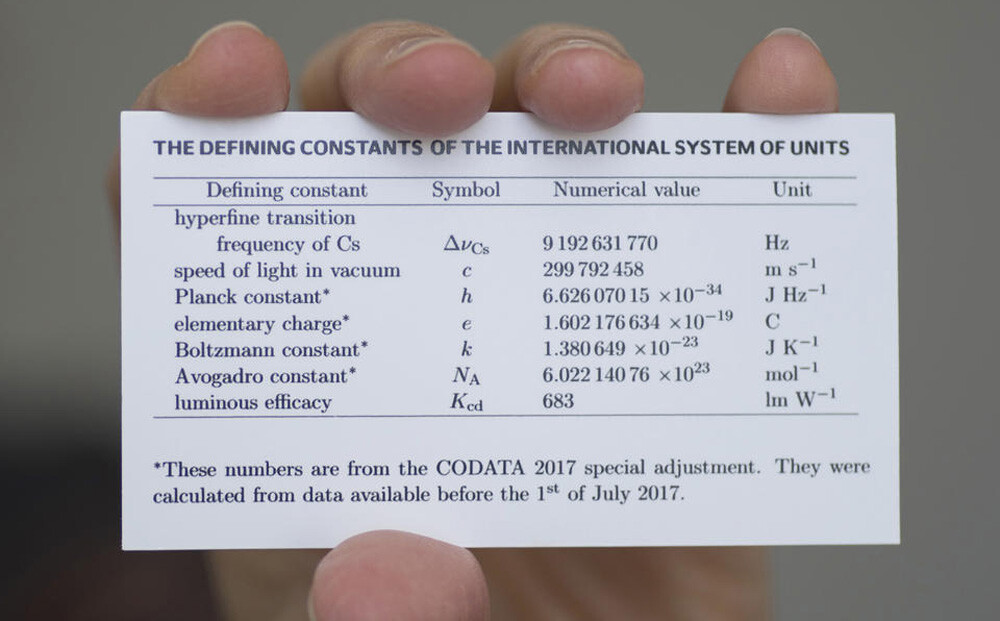
The reason one Calorie is exactly 1,000 times the other is the first is the energy needed to raise one kilogram of water by one degree Celsius, and the other is the energy needed to raise one gram of water by one degree Celsius. Obviously, we should not use the same word to describe these two different measures, and for a while, people tried calling Calories “kilocalories.” That made far too much sense, so it never caught on.
The reason either is called “calorie” is because they’re named for the substance caloric. Caloric is the fluid that moves from something hot to something cold when heat transfers. Or rather, caloric isn’t the fluid that moves from something hot to something cold — it was a theorized fluid centuries ago, but it turns out heat doesn’t work like that. So, we’re stuck with two units named after a debunked theory. It’s like if we described the circumference of the Earth as 24 Maturins, and also 24,000 maturins, Maturin being the name of the turtle on whom the flat Earth rests.
Nacho, and His Nacho Formula
Nachos were invented by Ignacio Anaya. “Nacho” was his nickname and has traditionally been the nickname of various people named Ignacio. You know that already if you have any friends named Ignacio, if you saw that Jack Black luchador movie or if you watched Better Call Saul.

AMC
Ignacio was a maître d’, not a chef. When he needed to satisfy some hungry customers and no cooks were available, he made do by sticking tortillas in the oven with jalapeños and clumps of cheese on top. The diners liked the result, dubbing it Nacho’s Special, and he named the subsequent restaurant he started “Nacho’s.” The dish was Mexican, made in Piedras Negras, but the cheese happened to be American. The year was 1940, and the U.S. government was providing Mexico with Colby cheese during the war. Ignacio went on using Colby cheese going forward.
Originally, he melted cheese over the tortilla chips using an oven’s heat. Today, when you hear “nacho cheese,” you probably think more about cheese sauce that conveniently stays liquid. The secret to liquid cheese is emulsification, which blends ingredients that don’t otherwise mix. Try making cheese sauce, and you might end up with oil separating from the protein and getting all gross, but with the right emulsification agent, it’ll all stay good and smooth.
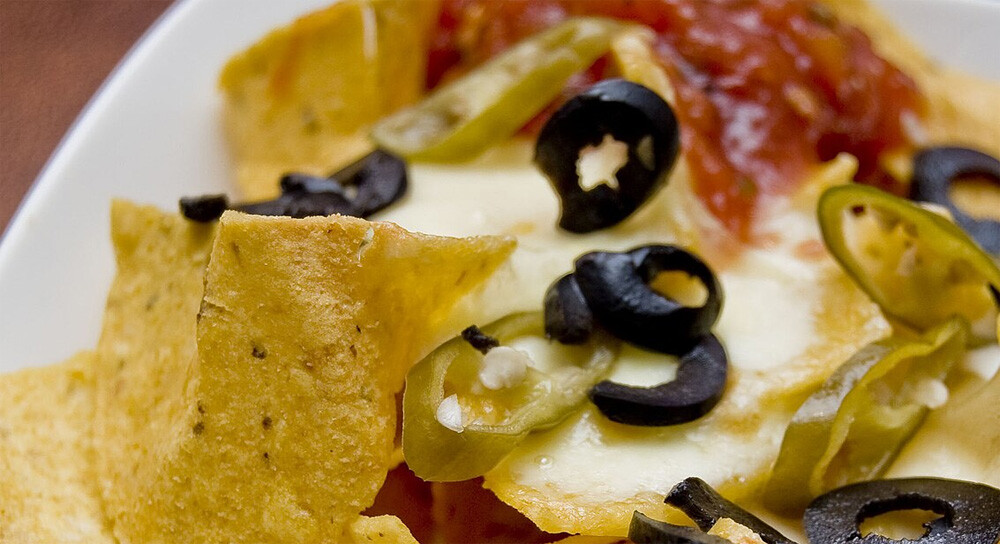
The emulsification agent used in nacho cheese today is sodium citrate. Its chemical formula is Na3C6H5O7. NaCHO. It was destiny.
We Keep Lolling Over Lol
LOL stands for “laughing out loud,” of course. The day will come when people forget it’s an acronym, when they just think “lol” is something old people say, but for now, most of us know it originated as internet slang. It’s interesting, then, to see that lol has also been a word for centuries before the internet — in the Netherlands.
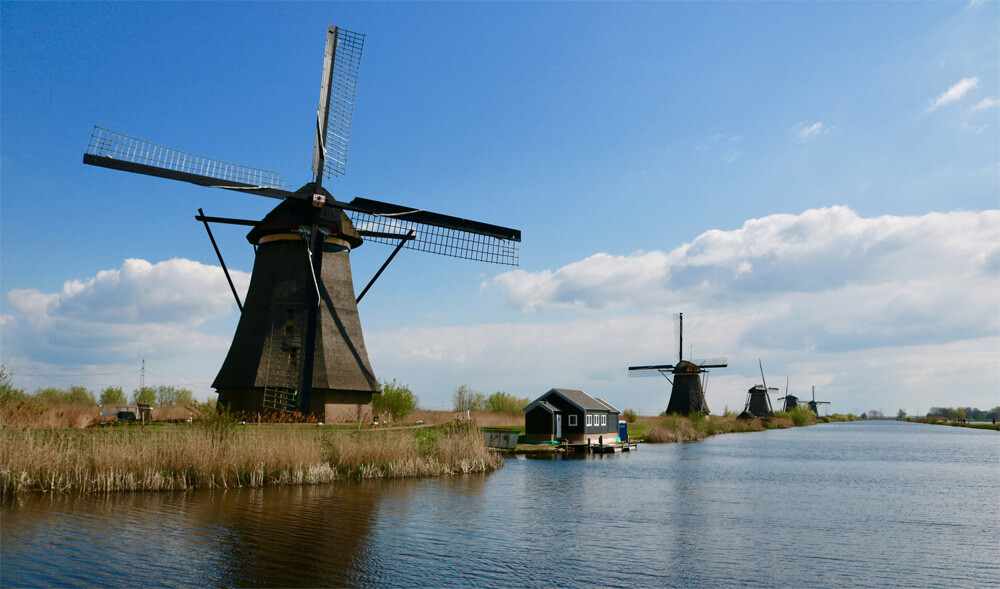
Lol is Dutch for “laugh,” or “fun” or “joke.” This probably derives from an earlier word lallen, which referred to drunken slurring. In recent decades, thanks to slang spreading worldwide, the Dutch have shifted to using lol to mean “LOL,” which hasn’t really been such a huge shift at all.
If you’re not Dutch and don’t particularly relate to this shifting meaning, let’s offer up another word for you: Lollapalooza. The Lollapalooza music festival has been running since 1991, and many readers are old enough to have been familiar with Lollapalooza long before they ever heard the word “LOL.” However, younger people every year hear of the festival for the first time and quite reasonably assume that its name was chosen to play on “LOL.”

Lollapalooza was a word before LOL and also a word a hundred years before the festival. In the late 19th century, it meant something remarkable. Just as we might call something a humdinger or a doozy or a sockdolager, people would call it a lollapalooza. These words are all ridiculous, and you’ll have trouble saying them all without laughing out loud.
Everything Ends Up Crabs
This article ends, as all things will, with crabs. You see, we have a lot of different types of crab, and they didn’t all form from one crab diverging into different species as evolution progressed. They formed because a bunch of different species all independently evolved into the same basic animal: the crab. Biologists call this process crabification. Or, if that sounds like a ridiculous word on the same level as lollapalooza and sockdolager, there’s an alternate word: carcinization.
To start with, here are a bunch of different types of crab that did form because multiple branches split off from a common crab ancestor:

via Wiki Commons
And then you have this guy, the red king crab:
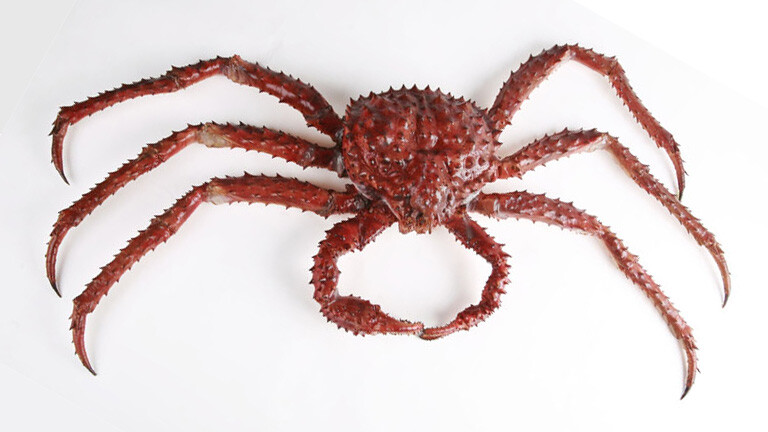
That looks like the ultimate crab. But king crabs are classified as not “true” crabs, as they evolved independently from all the ones above. They do share a common ancestor with the other crabs, in the way that you and crabs also share a common ancestor, but it and the crabs separately evolved crab features that their common ancestor didn’t have.
Or, you’ve surely heard of hermit crabs, famous for finding their way into other species’ shells:
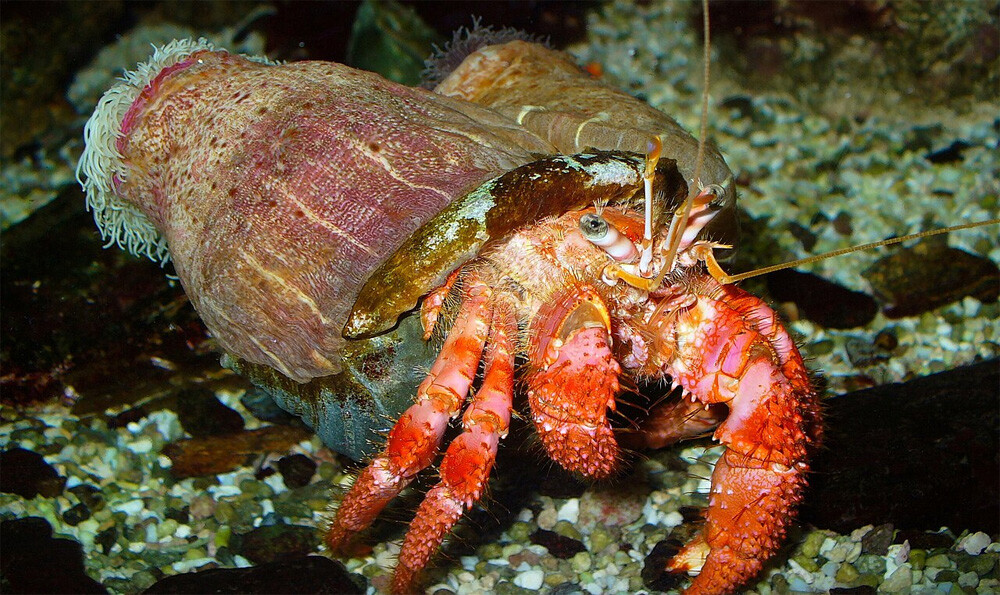
Also not a true crab, but rather a different superfamily that evolved independently. And what about this little guy:
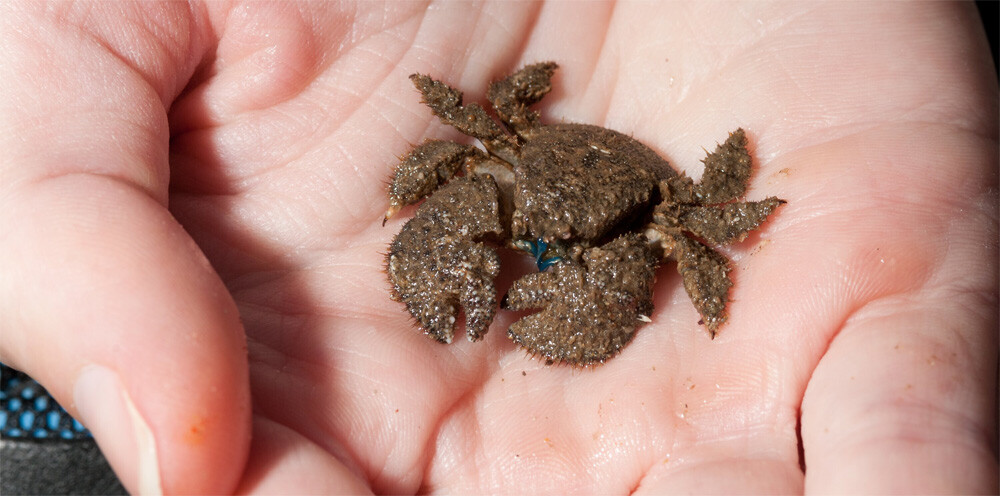
It’s a hairy stone crab, another family of animals that’s not a true crab and crabified all on its own.
Often, when different species evolve in some convergent way, we can point to what’s desirable about that trait, which makes everyone naturally acquire it. When a bat and a dolphin each evolve methods to navigate through chirping, that’s weird, but we can easily say why multiple species would evolve echolocation: because it helps them get around. With crabs, we can only speculate on why creatures keep evolving these flat bodies and tiny tails instead of, say, all turning into lobsters.
Are lobsters not really the pinnacle of evolution? If they aren’t, we need to reorganize our entire philosophy — and our entire dinner.
Follow Ryan Menezes on Twitter for more stuff no one should see.

